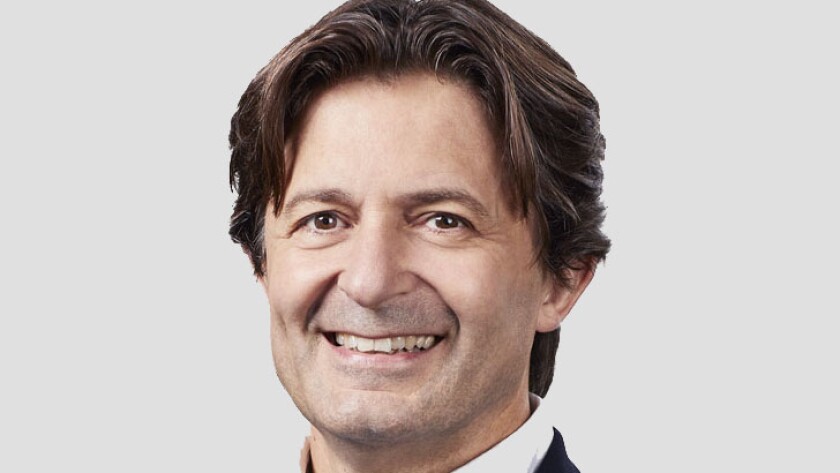The intensified focus on the overall environmental and community impact of the data centre is one of five key industry trends for 2023 identified by the company.
Vertiv released its guide to support operators in reducing emissions last month and says that mounting pressure to meet consumer demand for energy and water is forcing governments at all levels to take a harder look at data centres and their outsized consumption of those resources.
“The data centre industry is growing rapidly as more and more applications require compute and storage, driving a corresponding rapid increase in energy and water use in data centre facilities,” said Giordano Albertazzi, chief operating officer and president, Americas at Vertiv.
“The industry has understood that pursuing energy and water efficiency aggressively is key for future success and survival.”
“Increased regulation is inevitable and will lead to important innovations across our industry. The process may not always be easy or linear, but it can be navigated with the help of expert data centre partners and innovative solutions that can anticipate the changes while meeting the always increasing requirements of the data centre applications.”
Data centres are estimated to be responsible for up to 3% of global electricity consumption today and that number is projected to reach 4% by 2030.
The average hyperscale facility consumers 20-50MW annually, theoretically enough electricity to power up to 37,000 homes. Vertiv experts expect this to prompt increasing governmental scrutiny in 2023.
Dublin, Ireland and Singapore have taken steps to control data centre energy use and water consumption, especially in areas prone to drought.
In 2023, the industry will continue to take steps to self-monitor and moderate – including an increasing preference for environmentally-friendly thermal designs, but the year will also see increase in regulatory oversight.






